I remember making a crystal diode radio with my dad as a kid. You can still buy kits for those.
jubilationtcornpone
I've thought for a long time that there are a ton of legitimate business problems out there that could be solved with software. Not with AI. AI isn't necessary, or even helpful, in most of these situations. The problem is that creatibg meaningful solutions requires the people who write the checks to actually understand some of these problems. I can count on one hand the number of business executives that I've met who were actually capable of that.
If the Cocker Spaniel next door weighed 4 tons and was perpetually in a bad mood, I'd be a lot more concerned.
Mosquito genocide is the one kind of genocide that I am totally fine with. Hell, I'll participate in it with glee.
Have you tried wrapping your knives in tin foil? Should help keep the 5G away from them.
Interesting article. The author cited a study by Stanford claiming that 100% remote work resulted in a small drop in productivity. I'm curious as to how they would determine that. My [annecdotal] experience has been that orgs that are fully in person are completely inept at measuring productivity. Remote work just shines a giant spotlight on existing broken processes.
I would say the same about "culture". Good culture is highly intentional and dragging a bunch of people into the office for cheap pizza is not "good culture." In my experience, whether everyone is remote or in person does impact the culture, but that impact is dramatically outweighed by the effort -- or lack thereof -- by leadership to foster good culture.
I saw this at my last job as well. My division was fully remote and had almost no turnover. We were also very productive, despite relatively poor leadership. Turns out when people like their jobs, they don't leave.
Technically they do, the US constitution is just the trump card. State constituions in the US are kind of a hot mess.
God: "Joe, President of the United States. I'm giving you a task to make you an example in these dark times."
Biden: "Good idea, O Lord!"
God: "Of course it's a good idea!!"
Double edged sword. Jon would make a great President. But, I also bet he would be miserable doing the job and I would really hate to do that do him.
I've been a Presbyterian/Episcopalian most of my adult life. Most Mainline Protestant churches allow women to serve in all capacities.
But, I was raised Baptist and even the suggestion that a woman could teach an adult Sunday school class would be enough to make their heads explode.


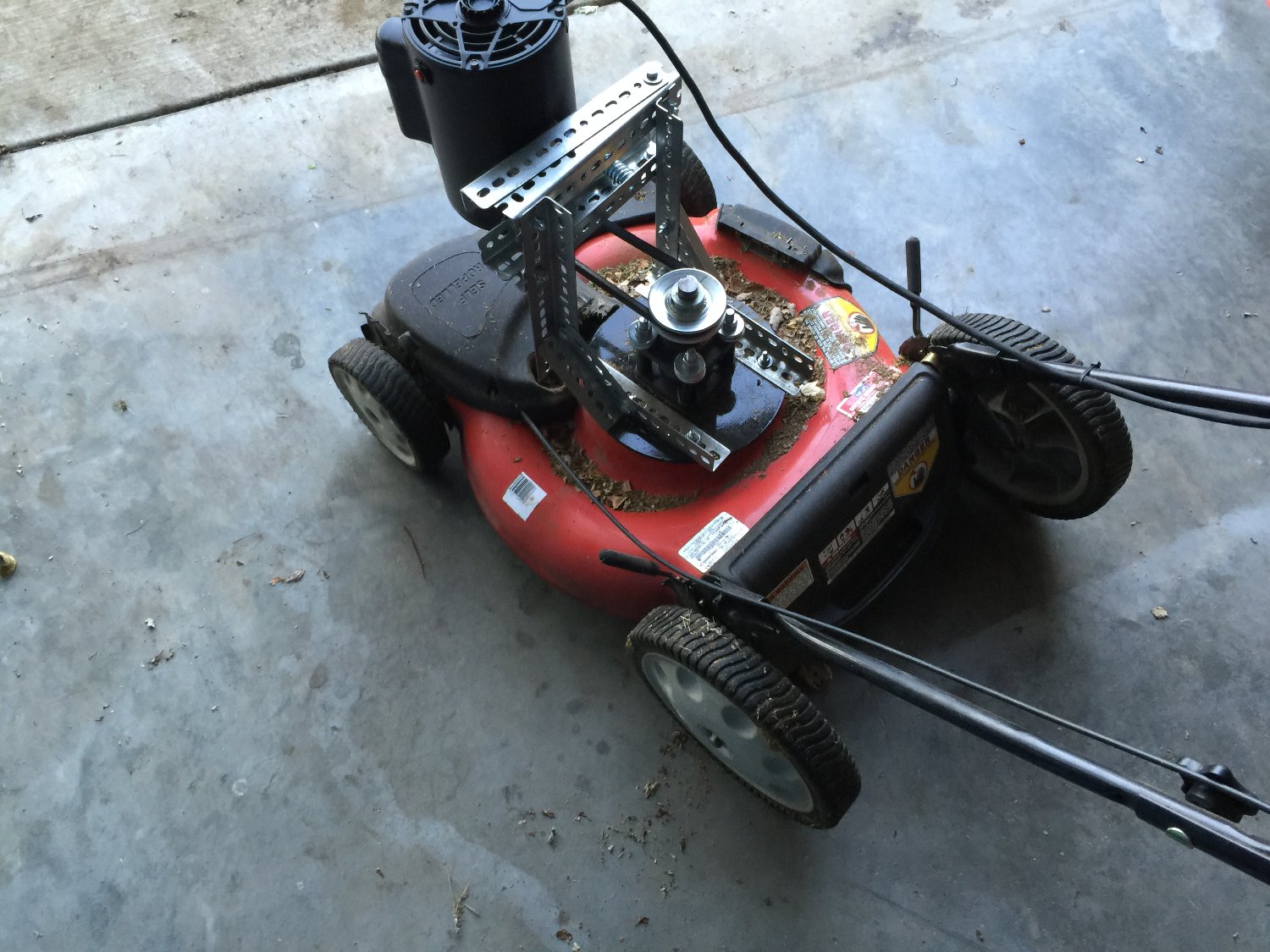
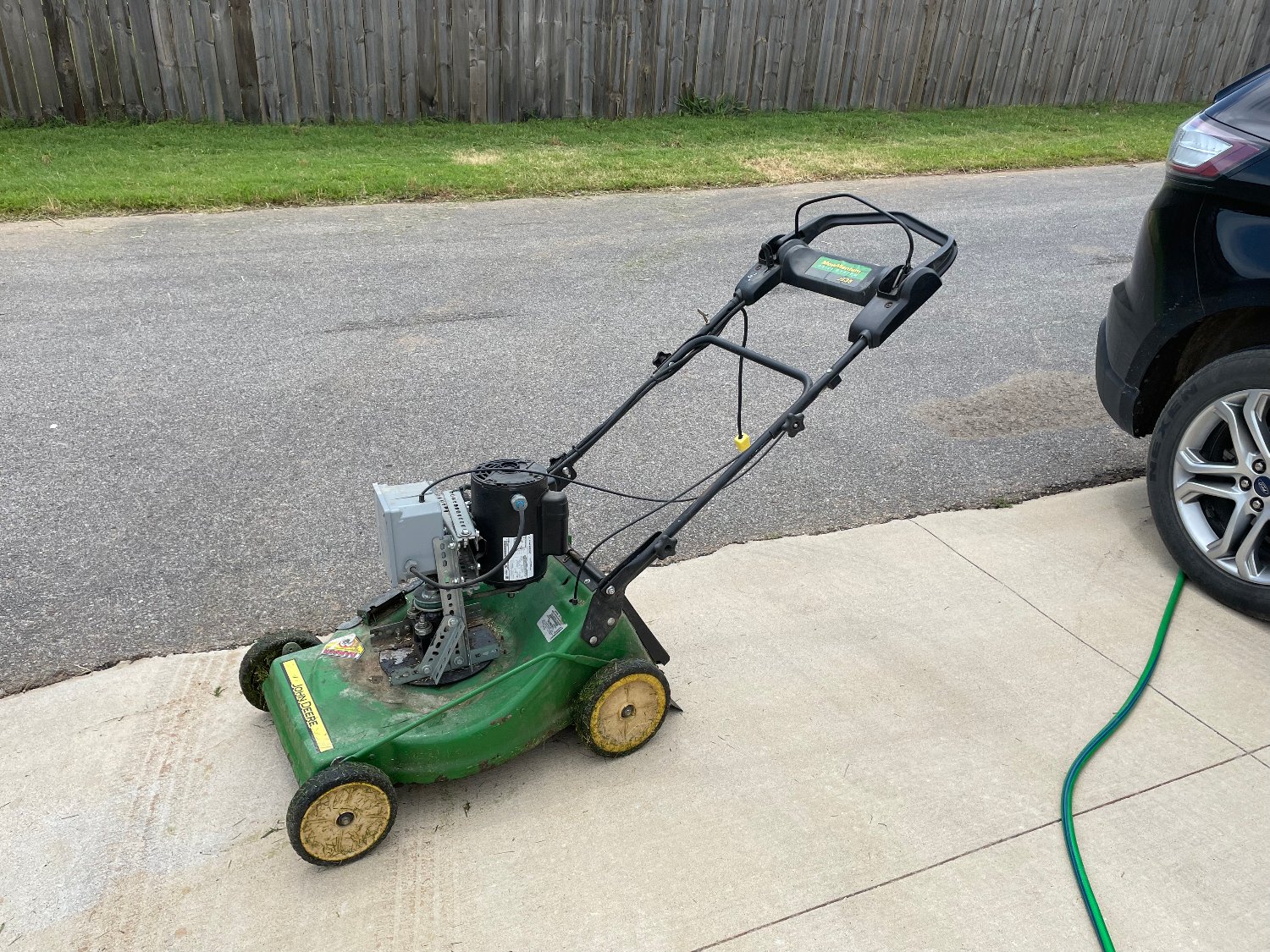



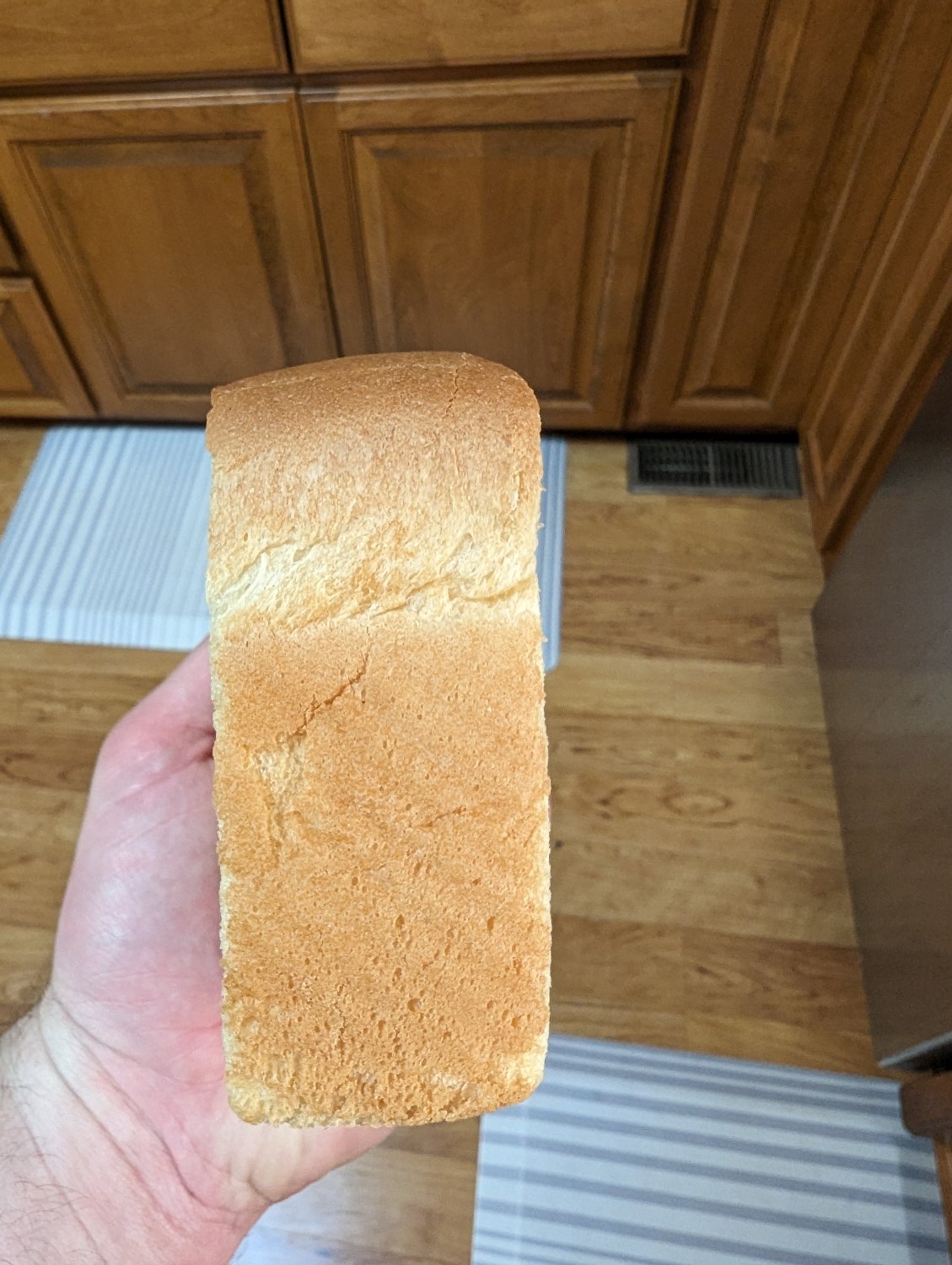
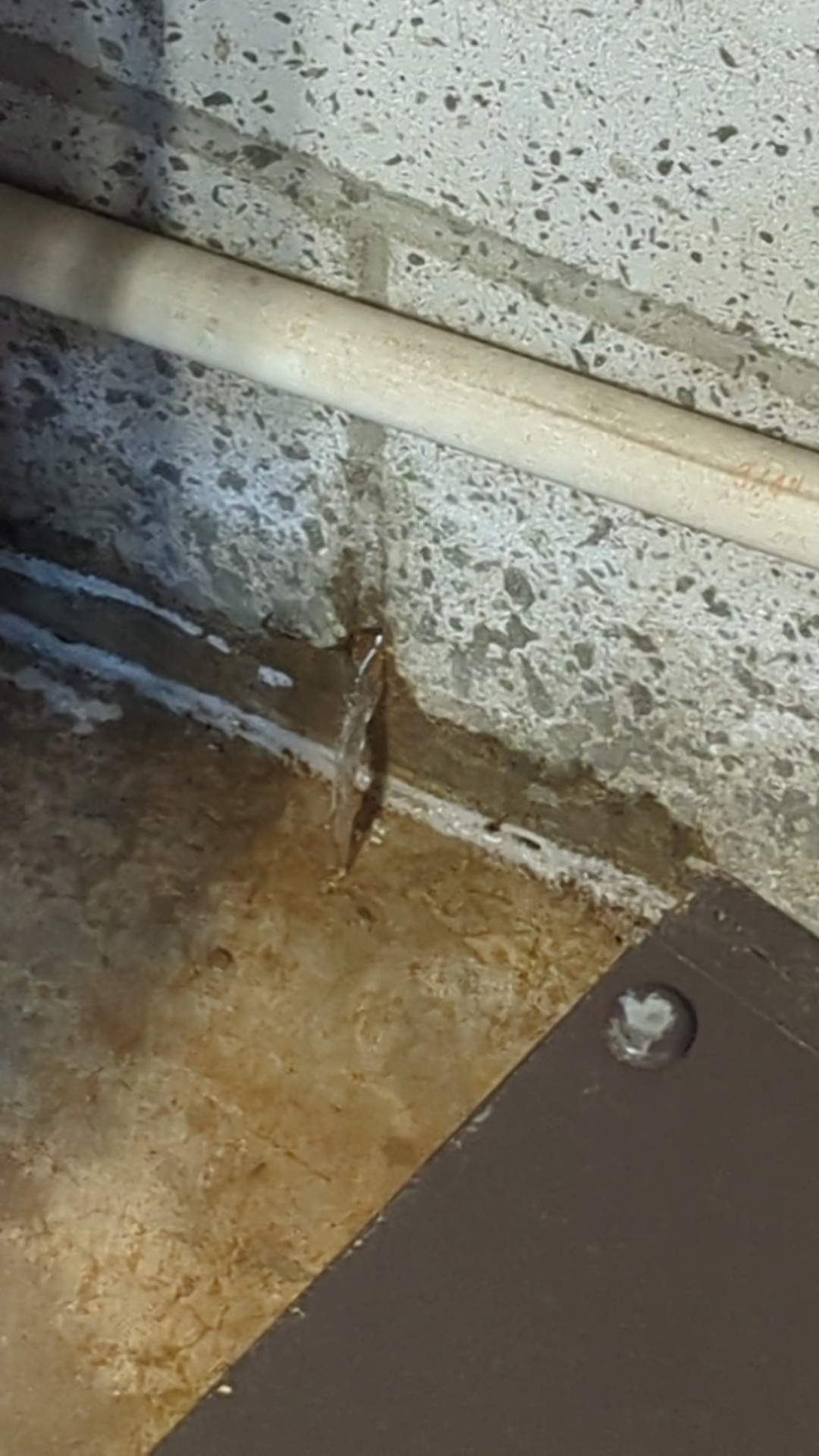
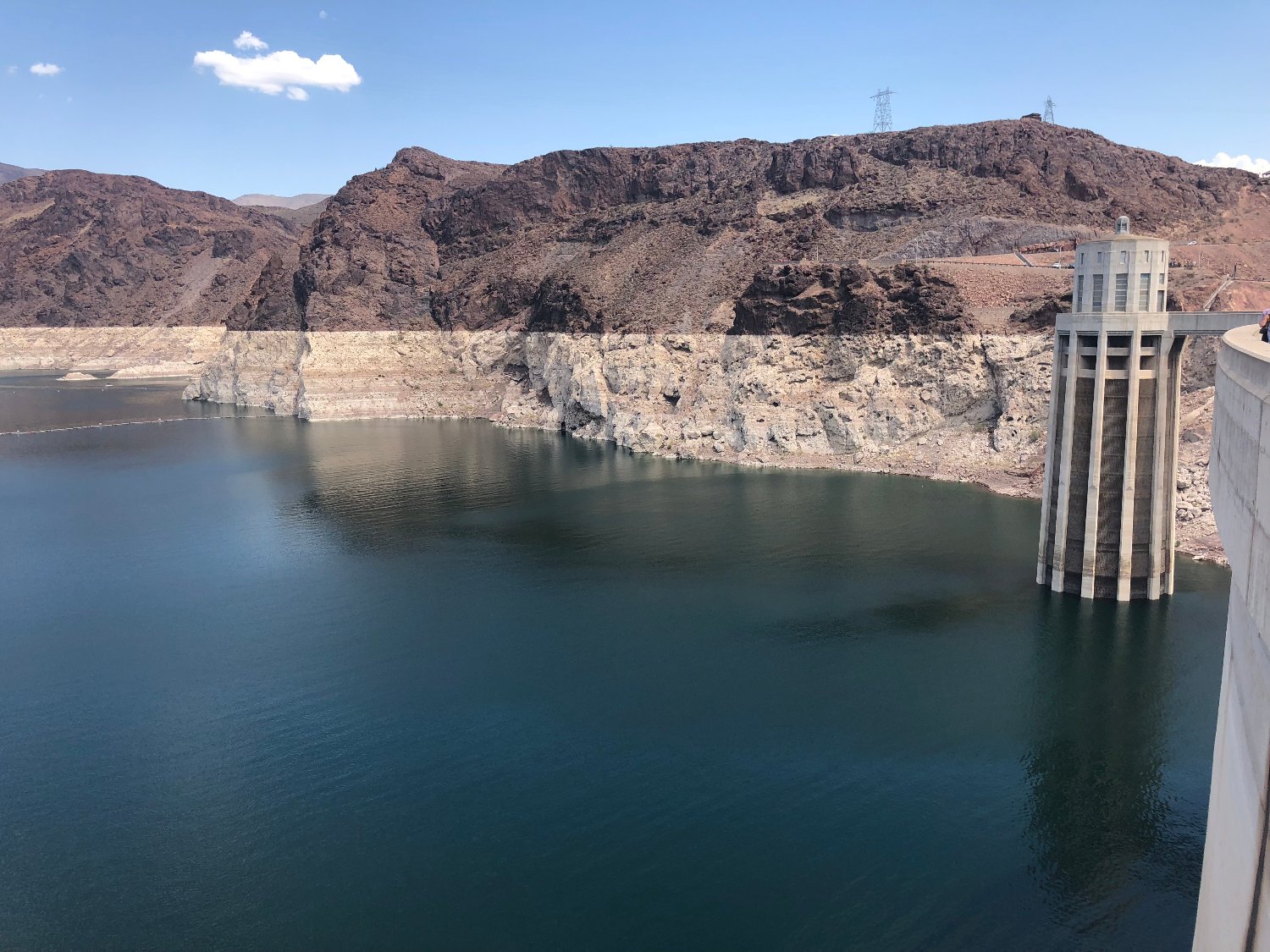
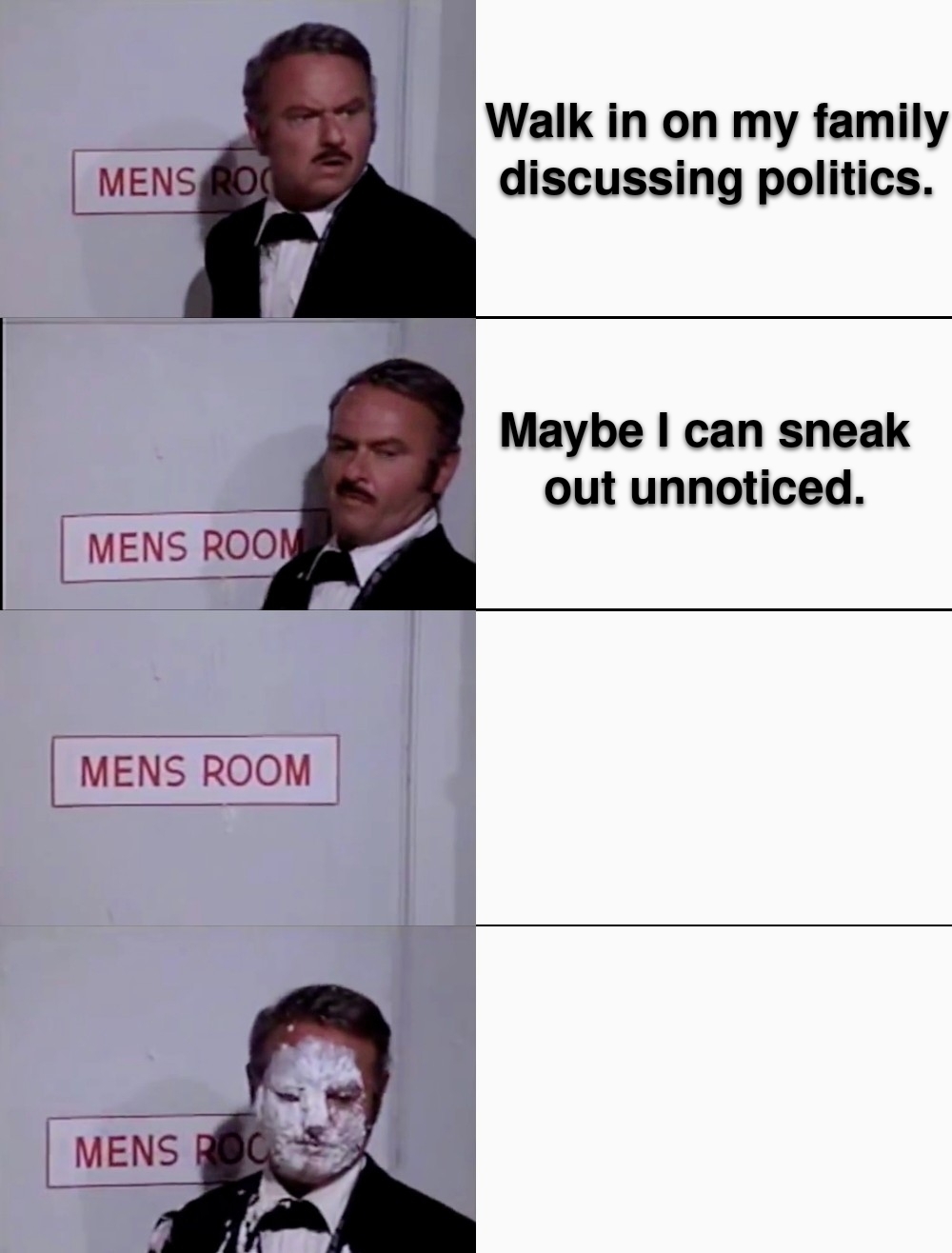

Ash trays in all the passenger doors. AKA mini trash cans.